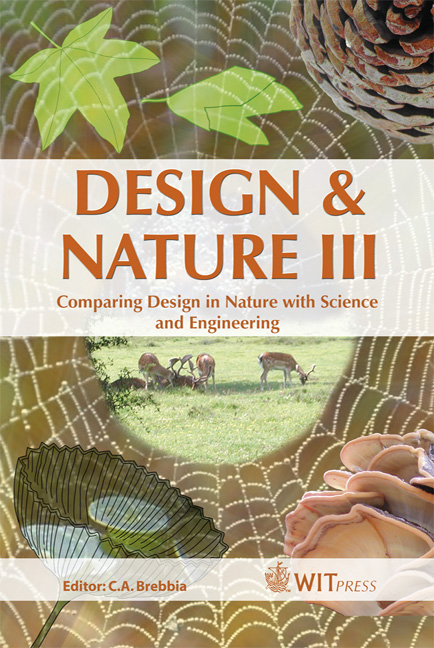The Preparation Of Biomimetic Nano-Al2O3 Surface Modification Materials On Gray Cast Iron Surface
Price
Free (open access)
Transaction
Volume
87
Pages
8
Published
2006
Size
1,741 kb
Paper DOI
10.2495/DN060131
Copyright
WIT Press
Author(s)
Y. Liu, L. Q. Ren, Z. W. Han & S. R. Yu
Abstract
Through evolution over hundreds of millions of years, the natural biomaterials generally have superior microstructure and function to normal material. The surface layer of teeth is enamel, which is the hardest structure in the human body. Enamel as a kind of nanoceramic biomaterial; most of its physical and chemical characteristics are similar to normal ceramics. It is of high hardness and is particularly wear resistance. However, the gray cast iron is one of widely used materials. In the process of casting, surface blowholes and micro-pores, which can’t be seen by the naked eye, are formed in castings because of the solidification shrinkage of alloy and separation of gas dissolving in liquid alloy, which results in the poor property of materials. Therefore, the gray cast iron and nano-Al2O3 were chosen as the substrate and reinforcement in this paper, respectively. A laser cladding method was used to prepare biomimetic nanoceramic surface modification composite materials. The surface property of gray cast iron was largely improved. The process and the factors influencing laser cladding were analysed. The microstructure of the surface modification layer can be divided into a cladding layer, bonding layer and substrate layer, and the formation mechanism of each different layer was researched. Keywords: nano-Al2O3, biomimetic, surface modification, gray cast iron, microstructure.
Keywords
nano-Al2O3, biomimetic, surface modification, gray cast iron, microstructure.





